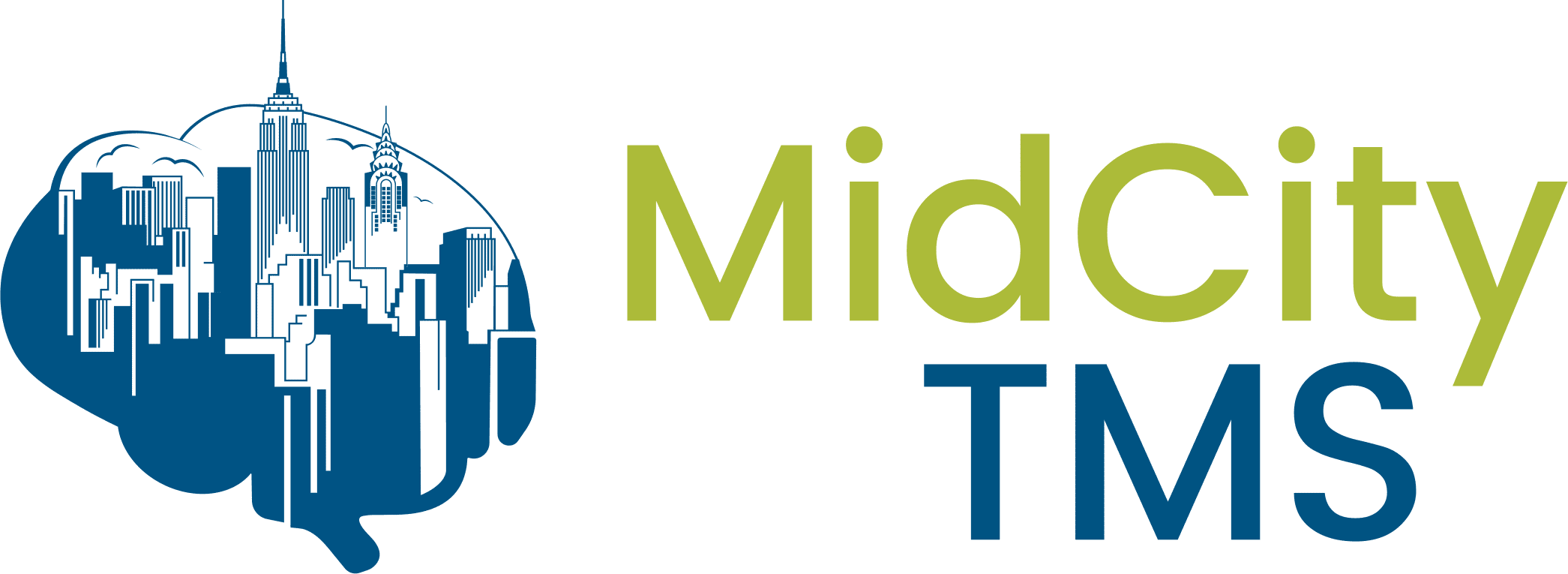Digital mental health tools are on the rise—and that includes computer-based CBT, often known as computer-assisted CBT. Computer-based CBT (CCBT) is a treatment method for patients with depression, anxiety, substance use and eating disorders, and other mental illnesses. It takes place on a computer, tablet, or mobile device and is often used in conjunction with traditional face-to-face therapy, like Cognitive Behavioral Therapy (CBT), which involves developing coping mechanisms and exercises that address unhelpful behaviors and ways of thinking.
What Is Computer-Based CBT?
Computer-based CBT–or computer-assisted CBT (CCBT)–is accessible via mobile apps and online modules on computers, tablets, and other devices. In a recent review article on CCBT, the authors discuss how research on it started in the late 1980s with the goal of delivering evidence-based psychotherapy to a larger and broader population than could traditional face-to-face therapy.. Traditional therapy comes with cost restraints, and there’s a lack of access in rural and underserved populations. Computer-based CBT significantly reduces those costs and can be accessed anywhere with a device.
An in-person therapy experience cannot be replaced, but it can certainly be combined with computer-based CBT.
Computer-Based CBT and In-Person CBT
With CCBT, patients can access CBT exercises at any time and place. The multimedia nature of CCBT allows for interactive learning exercises, regular feedback to users, and management of CBT homework completion. Compared to face-to-face CBT, CCBT can be more reliable with its consistent design.
According to multiple meta-analyses, computer-based CBT is just as effective as standard CBT with an effect size–or the magnitude of the CCBT’s effect–that was moderately large at 0.50 and for the studies combined with clinician support, a higher effect size of 0.67 was reported.
In a 2019 study in Chile, 216 depressed adolescents (aged 15-19) participated in 8 weeks of either fact-to-face CCBT sessions or traditional clinical support sessions. After 4 months, the adolescents in the therapist-guided CCBT treatment were significantly more satisfied with their treatment in comparison to those who only received traditional therapy.
A 2019 study with adults in primary care at the University of Louisville found that the CCBT treatment combined with traditional therapy had significantly greater effects on depressive symptoms than stand-alone therapy. CCBT patients used Good Days Ahead, a 9-lesson computer-based CBT treatment in combination with psychotherapy and antidepressants. Because the sample of 175 patients consisted predominantly of females and low-income and racial minority groups, the results give hope to providing this treatment in diverse primary care settings.
Computer-Based CBT vs. Mobile Apps
The rise in digital mental health tools is largely attributed to the influx of healthcare apps. As of 2020, there are up to 325,000 healthcare apps, making it the fastest-growing category. However, its popularity doesn’t always equate to its outcomes.
Unlike computer-based CBT, mobile apps can only provide a limited scope of coping mechanisms. Apps might be limited to certain types of exercises, like breathing or relaxation techniques, and they also have a limited capacity in catering to an individual’s specific needs and background.
On the other hand, mobile apps are an excellent way of recording patient data that can be used by clinicians to help guide treatment. These apps might ask patients to self-report their symptom ratings and lesson completion rates among other data. Primarily, these apps boast convenience, access, and affordability.
Putting Computer-Based CBT in Action
Speaking of completion rates, a meta-analysis of 40 studies about CCBT treatment for depression revealed that the completion rates strongly influenced the outcome of treatment. Because of how important completion is, your clinician may emphasize how important it is to stick to the program. To monitor your participation and progress, you may be asked in each therapy session to reflect on how you felt about your computer-based CBT assignments in the past week.
One main concern that comes with mobile apps is patient safety and privacy. To this end, clinicians must vet computer-based CBT programs to discern whether they are suitable or not. Factors to keep in mind include high levels of security and confidentiality, the quality and integrity of the program, and evidence of effectiveness. For mobile healthcare apps, the American Psychiatric Association (APA) recommends that clinicians follow an evaluation framework before prescribing an app to a patient.
Overall, the goal is to optimize treatment by complementing traditional therapy with a computer-based CBT program for a more comprehensive treatment plan.
Explore Options Beyond Computer-Based CBT
As we like to say at Mid City TMS, better is possible. Computer-based CBT is just one example of treatment that can either stand-alone or complement medication and therapy. When a prolonged combination of these things isn’t adequately helping you, don’t lose hope. If you feel like you’ve exhausted treatment plans, consider Transcranial Magnetic Stimulation (TMS). TMS is a non-invasive procedure that uses magnetic pulses to stimulate areas of the brain where low activity can cause depression. Read some patient testimonials at the bottom of this page to see how TMS has benefited others.
We know that taking the first step toward treating depression can be difficult. If you or a loved one are struggling with major depression, know that our staff is empathetic, trained, and focused on prioritizing your comfort so that you get the care and results you need. At Mid City TMS, our staff is happy to guide you through your options and insurance process. To learn more, see our FAQ page, fill out this form, or call 212-517-1867 with any questions.



